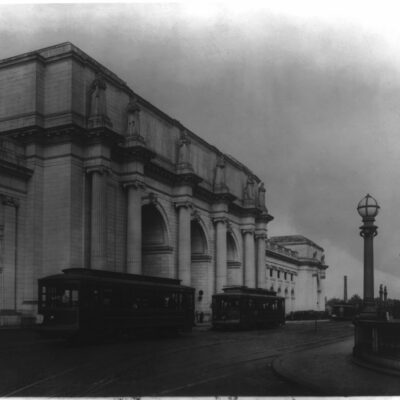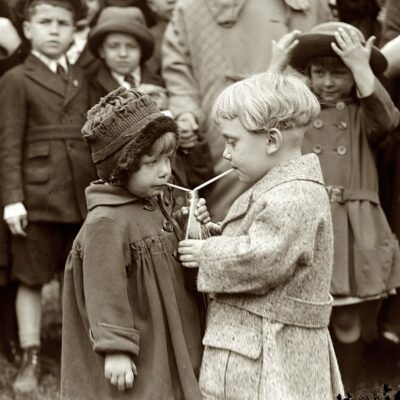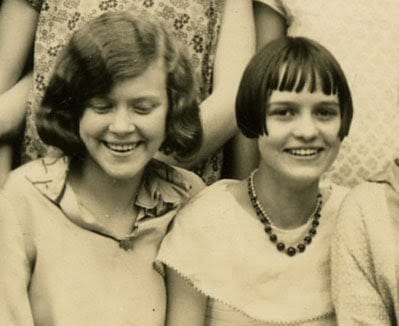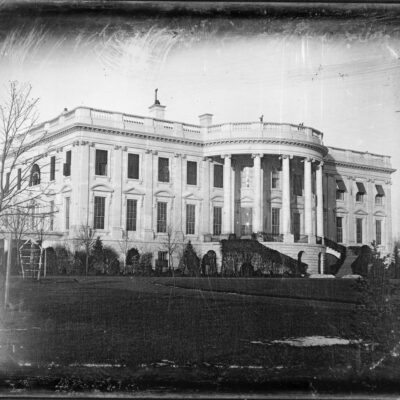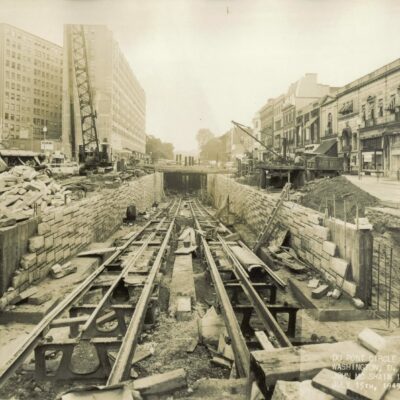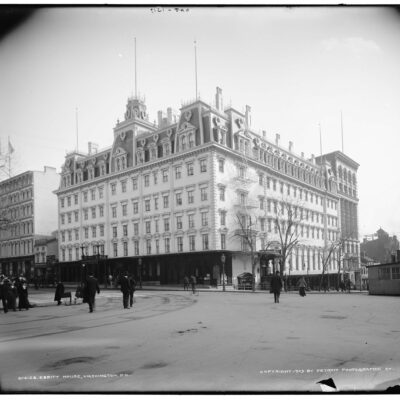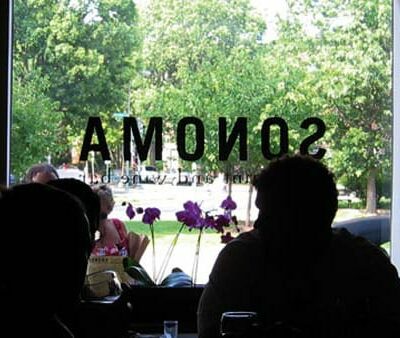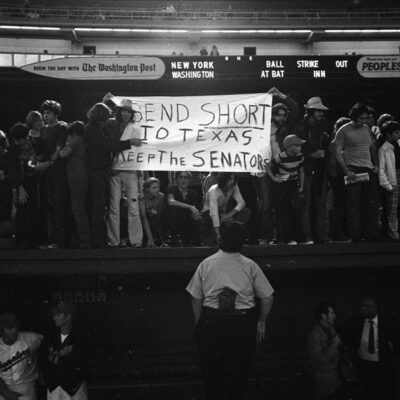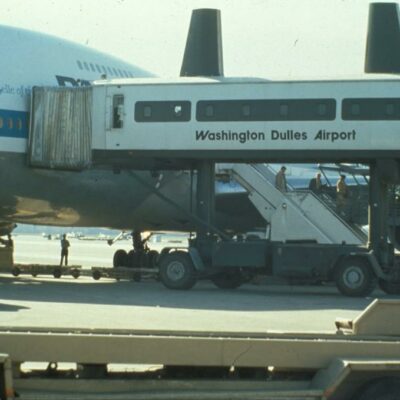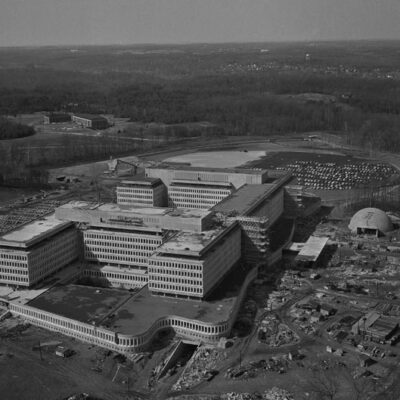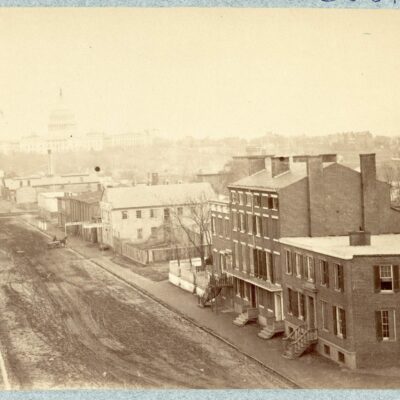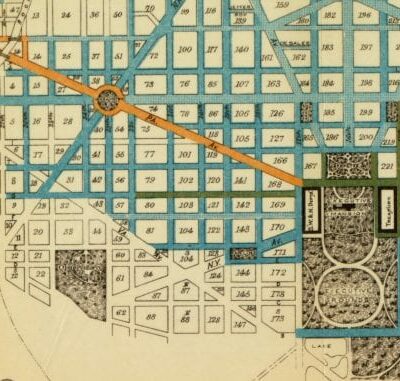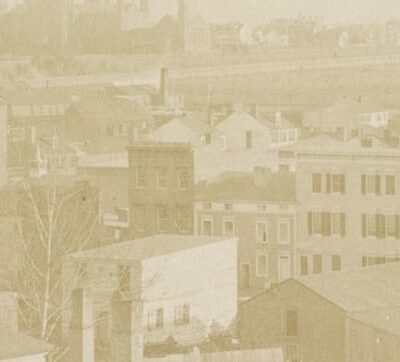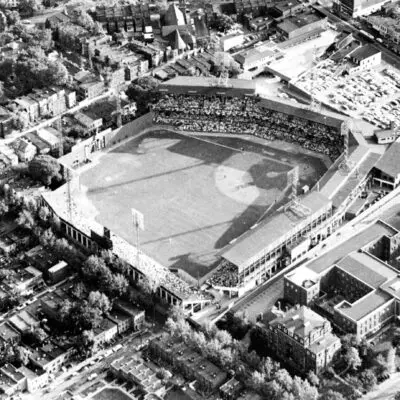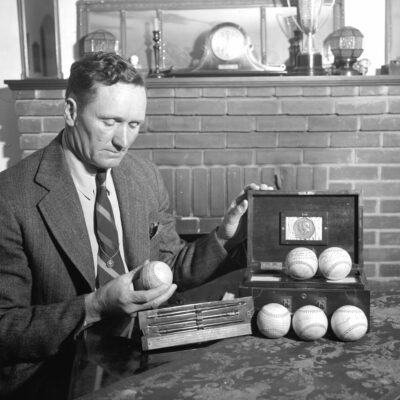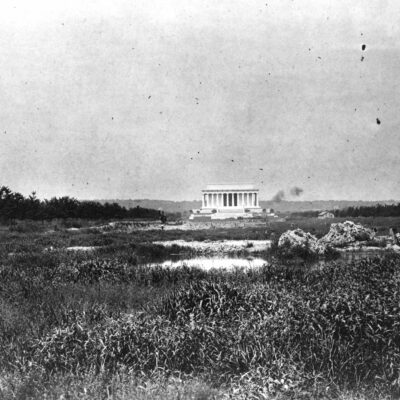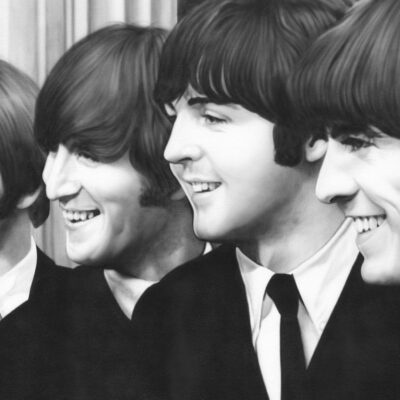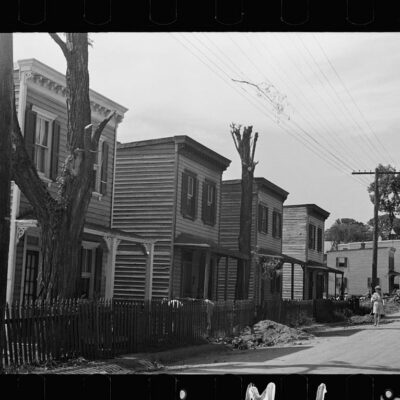This is a guest post by Jason (aka, @MidAtlanticBias)
First In War, First In Peace, And Last in the American League
By the time September 30, 1971 rolled around, baseball fans in Washington had become accustomed to abandonment. In fact, the feeling had been passed down from one generation to the next.
In 1899, the Washington Statesmen/Nationals/Senators were contracted by the National League after only 9 years of existence (3 team names in 9 years has to be a record, right?). District baseball aficionados may not have protested too much, though, when the first incarnation of the Senators left town. In their 9 years, the Washington franchise assembled a rather horrendous 0.366 winning percentage. That qualifies them as the 19th worst franchise in the history of professional baseball.
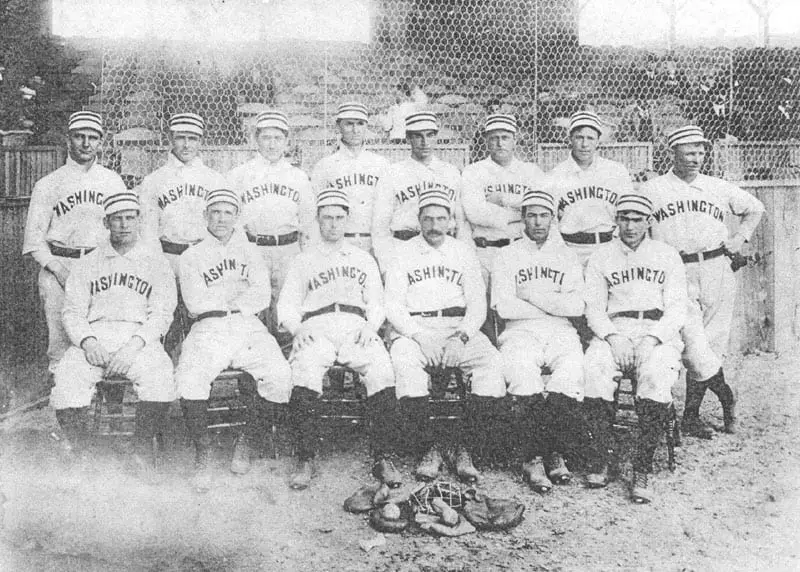
Our nation’s capital did not have to wait very long for a new baseball team. In 1901, the Washington Senators arrived from Kansas City as a member of the American League. The first few decades brought a level of success that DC had never seen in baseball. Walter Johnson, Goose Goslin, and Joe Cronin became stars. The team even won the 1924 World Series.
That success didn’t last for long and the city endured some very down years in the 1940s and 50s. After some difficulty in establishing a relocation agreement, team owner Calvin Griffith joined baseball’s westward parade, agreeing to move the Washington Senators to Minnesota in 1960, where they would become the Twins franchise.
Washington waited even less time for their next franchise. Following the 1960 season, MLB expedited their expansion plans, awarding new franchises to Anaheim, California and Washington, DC. And, in an act surely meant to confuse every future baseball fan, the club was named the Washington Senators.
These Washington Senators were far from a success. They did not win 70 games in a season until the 1965 campaign. The 1963 team was a special kind of bad. Offensively, not a single regular starter batted anywhere near .300 (Chuck Hinton at .269 was the team leader). No starting pitcher finished with a winning record. Overall, the team finished 56-106 and 48.5 games behind the League champion Yankees.
A Legend Comes To Save The Day
Following the 1968 season, one in which the Senators finished 65-96, ownership decided to shake up the scene at DC Stadium (now RFK Stadium). They brought in the greatest hitter who ever lived, Red Sox legend Ted Williams, to help jumpstart an anemic offense as the team’s manager. Williams had never managed a ball club before, but early on, that didn’t seem to matter.
The move paid immediate dividends. The 1969 Washington Senators were perhaps the best baseball team Washington had seen since the 1933 Senators lost in the World Series. The 1969 team’s 86-76 record was only good enough for 4th place in the division (the Orioles finished the season with an absurd 109-53 mark), but the team was competitive for the first time in over a decade.
Coming Up Short
During this period, the Senators were owned by a man named Bob Short. Short’s purchase of the team in 1968 and subsequent hiring of Ted Williams helped the club double their home attendance in 1969. DC even hosted the 1969 MLB All-Star Game.
Short had previously bought the Minneapolis Lakers of the NBA and moved them to Los Angeles. Soon after the Lakers moved to California, he sold the club to Jack Kent Cooke (familiar name?). This may have been foreshadowing.
The Senators returned to their losing ways in the 1970 season. Their attendance sank. Short began lobbying Major League Baseball to move the club from DC to Arlington, Texas, demanding a sum of $12 million from anyone who wanted to purchase the club from him.
In October of 1970, following their disappointing season, Short traded away Shortstop Ed Brinkman, Third Baseman Aurelio Rodriguez, and pitchers Joe Coleman and Jim Hannan for Detroit Tigers pitcher Denny McLain, some minor league players, and $250,000 cash.
The headline in the October 10th edition of the Boston Globe newspaper read “Tigers Pull Coup in McLain Trade.”
From the article:
Nobody yet knows the World Series winner, but everyone who can name the nine positions is sure that the winner of the eight-player trade between the Tigers and Senators was Jim Campbell, Detroit’s general manager.
It continues:
Short’s difficult financial situation, combined with the difference in total talent in those traded, caused speculation about the cash factor. He claims the Senators lost $1 million the past season. He is now negotiating for a new lease of the Washington Stadium, rent free…He talks of moving the club.
In late September, 1971, his wish was granted and MLB approved the Senators’ move to Texas.
Washington baseball fans had had enough.
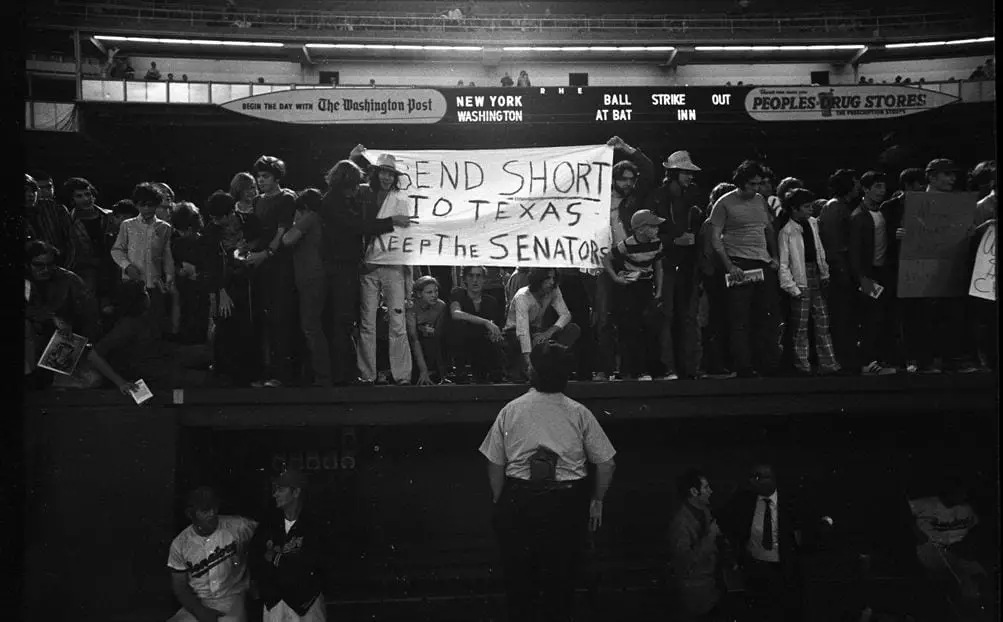
Riot at RFK
On September 30, 1971, the Washington Senators were scheduled to play their final game in the District. The anger that had been swelling over Short’s Texas two-step boiled over. Fans stormed the gates of RFK Stadium. A vertical banner was unfurled in the outfield:
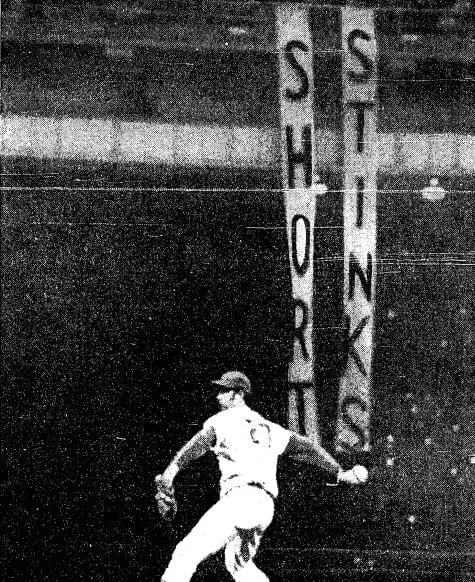
If the banner was the worst thing that happened, the game probably wouldn’t have been remembered much.
However, in the ninth inning, with the Senators winning 7-5, fans began storming the field. From a New York Times write-up when the Yankees returned to RFK in 2006, entitled, “Yankees’ Last Trip to R.F.K. Ended With Fan Rampage”:
Robert F. Kennedy Stadium was the sight of a peculiar wake for 14,460 diehards: a combination of mourning for their departing team and a mass loathing for the team owner, Bob Short.
It continues:
The fans took the bases, ripped up home plate and the pitching rubber, tore up the sod, and pilfered light bulbs from the scoreboard.
The umpires, fearing for their’s and the player’s safety, declared the game a forfeit and gave the Yankees the victory, despite the fact that they were losing at the time.
Win or loss, the message had been sent by the Senators fans. And it was heard loud and clear across the country the next day.
“Senators Pay Forfeit As Fans Dance At Wake” read the headline in the October 1, 1971 edition of the Washington Post.
“Senators Fans Go On Rampage; Finale Forfeited” read the Los Angeles Times.
And this photo from the New York Times:
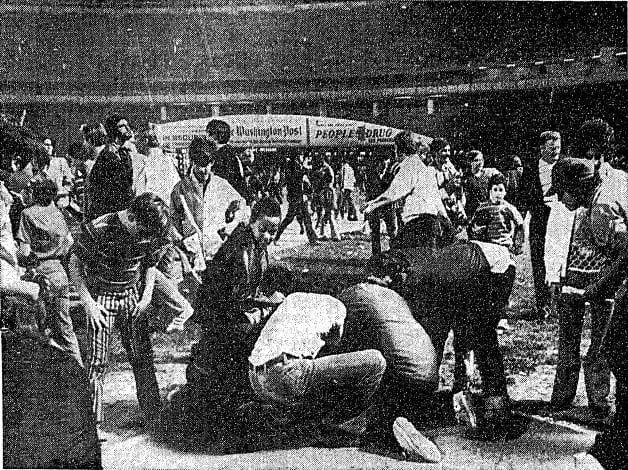
And so, the Washington Senators, the most recent holders of the team name made like their predecessors by packing up and heading west.
Of course, it would be decades before the District would see baseball again. When the 2005 season rolled around, baseball returned to Washington in the form of the Nationals.
And now, thankfully, with Bryce Harper, Stephen Strasburg, and Ryan Zimmerman, no one is talking about this ball club heading anywhere. Except maybe to the playoffs.
